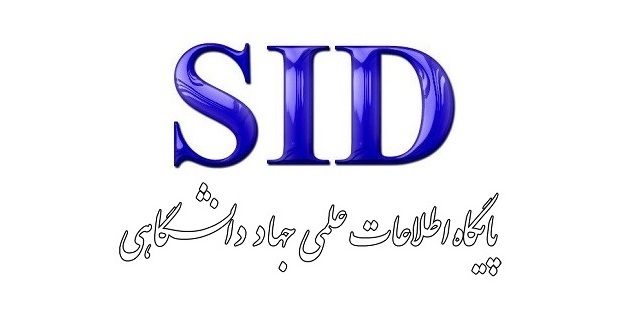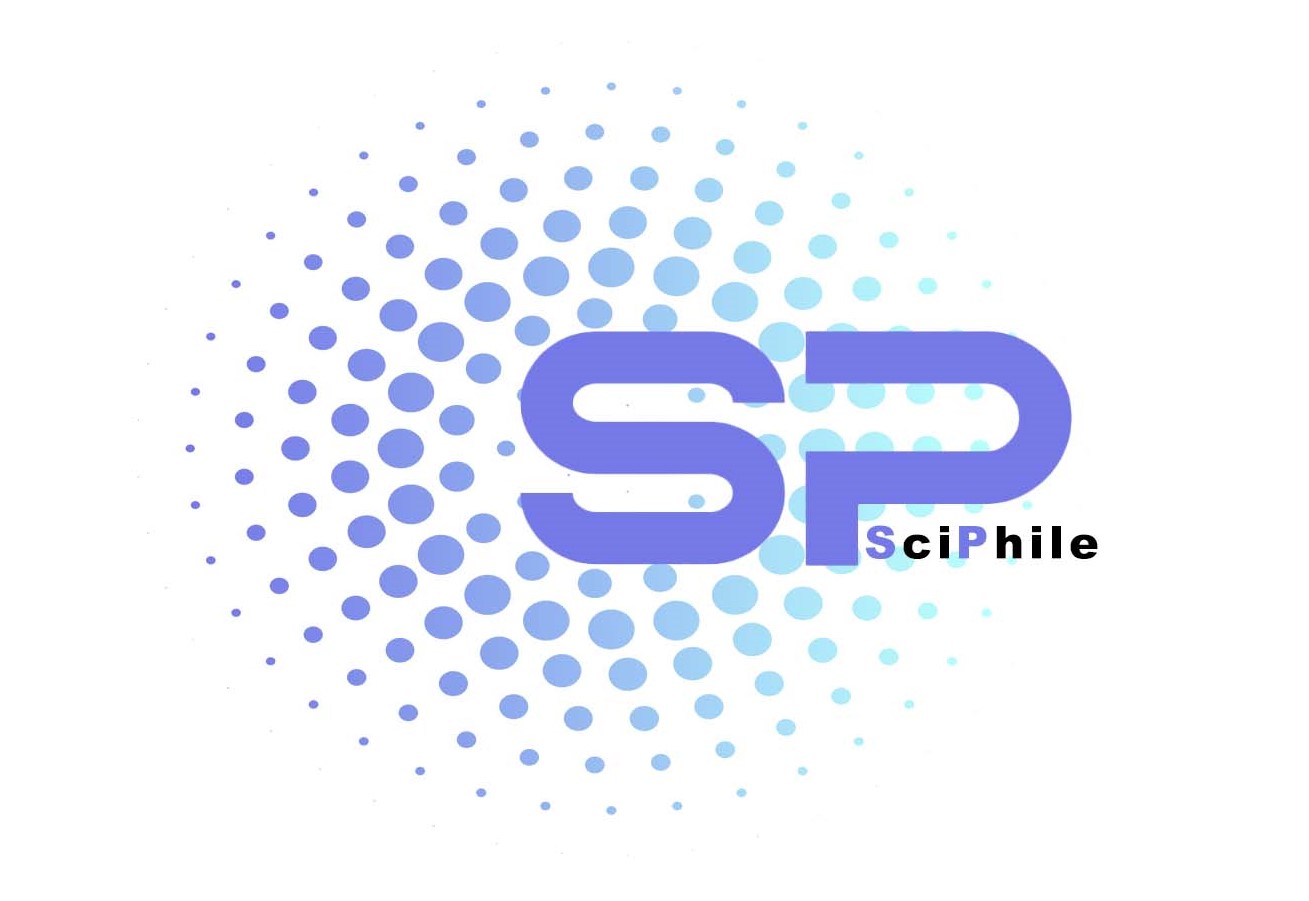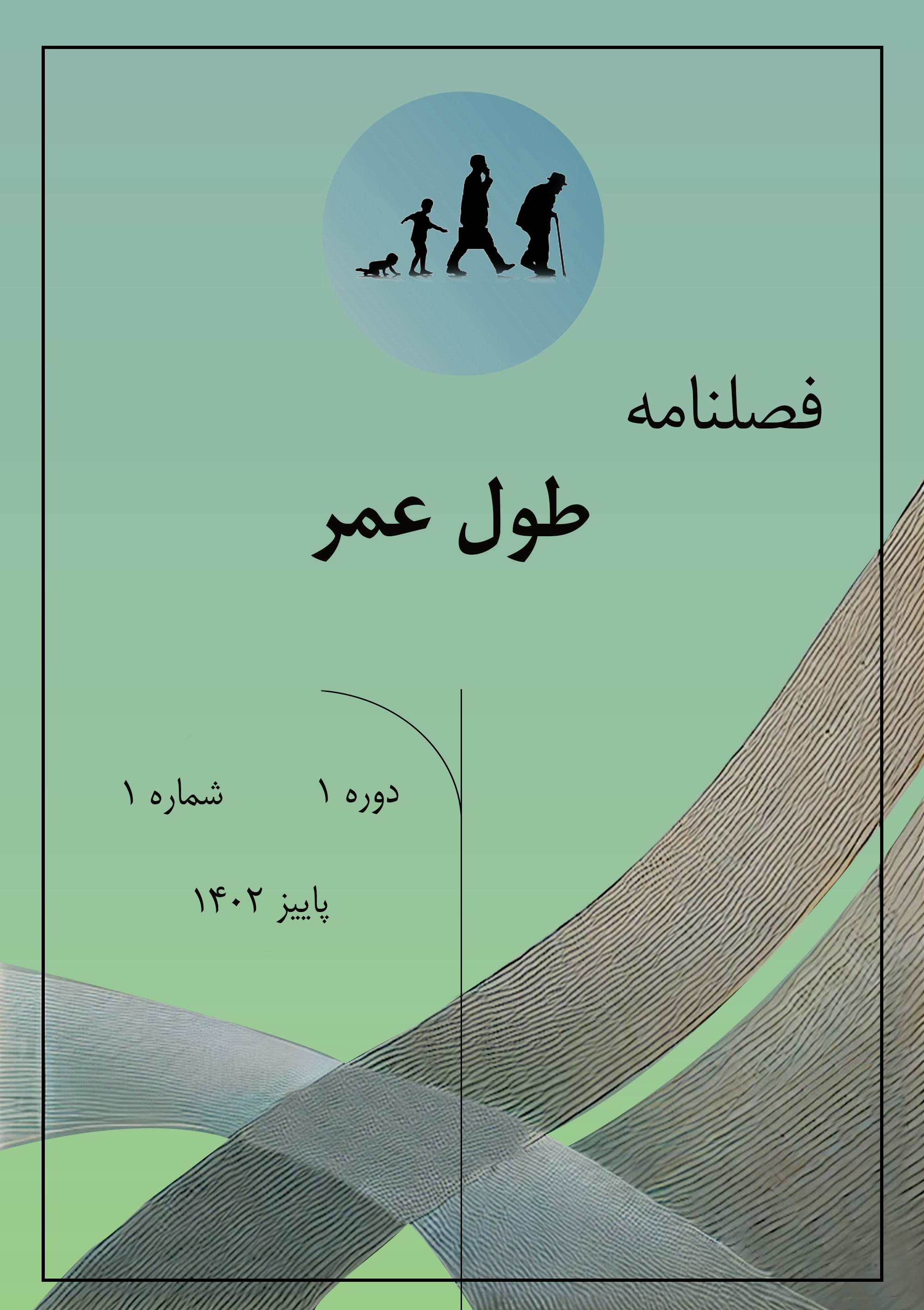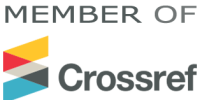The Correlation Between Information Literacy and Health Literacy Among Physical Education Teachers (Case Study: Gilan Province Department of Education)
Keywords:
Health, information literacy, teachersAbstract
Health literacy refers to an individual’s capacity to acquire, interpret, and comprehend essential information from educational concepts in order to make appropriate decisions. The aim of this study was to investigate the correlation between information literacy and health literacy among physical education teachers in the Gilan Province Department of Education. This research employed a descriptive-analytical and cross-sectional design, conducted in 2020. A total of 175 physical education teachers were selected as the sample. Standardized questionnaires on information literacy by Boroujeni et al., and the Health Literacy for Iranian Adults (HELIA) questionnaire were used. The Kolmogorov-Smirnov test was applied to assess the normality of the data, and both descriptive and inferential statistical tests were employed to analyze the data. All statistical analyses were performed using SPSS and PLS software. The path coefficient between information literacy and health literacy among physical education teachers in the Gilan Province Department of Education was found to be 0.91, indicating a positive and significant correlation. Furthermore, the significance levels of the path coefficients between health literacy and age, employment status, and educational attainment (t = 1.97), as well as between information literacy and age, employment status, and educational attainment (t = 1.98), suggest a statistically significant relationship between the variables (P < 0.05). It appears that information literacy emphasizes information-related skills ranging from the acquisition to the evaluation and application of information. Enhancing information literacy skills among teachers can also pave the way for the improvement of their health literacy.
References
Bjørnsen, H., Eilertsen, M. E. B., Ringdal, R., Espnes, G. A., & Moksnes, U. K. (2017). The Relationship between Positive Mental Health Literacy and Mental Well-Being Among Adolescents: Implications for School Health Services. J Sch Nurs, 1-10. https://doi.org/10.1177/1059840517732125
Buysse, H., Peleman, R., & De Meulemeester, A. (2018). Information literacy in health sciences education: proposal of a new model in a multi-perspectivism setting. Journal of the European Association for Health Information and Libraries, 14(1), 15-20.
Chaleshgar-Kordasiabi, M., Ramezani, A., & Bakhshavand, A. (2020). Relationship between Health Literacy and Self-care Behaviors in Patients with Type 2 Diabetes. J Health Syst Res, 15(4), 262-271.
Ellis, J., Mullan, J., Worsley, A., & Pai, N. (2012). The role of health literacy and social networks in arthritis patients' health information-seeking behavior: a qualitative study. Int J Family Med, 4(2), 1-6. https://doi.org/10.1155/2012/397039
Fisher, Z. (2017). Facing the frames: using the Framework as a guide for a credit-bearing information literacy course. College & Research Libraries News, 78(7), 354. https://doi.org/10.5860/crln.78.7.354
Fleary, S. A., Joseph, P., & Pappagianopoulos, J. E. (2018). Adolescent health literacy and health behaviors: A systematic review. Journal of AdolescenceVL - 62, 116-127. https://doi.org/10.1016/j.adolescence.2017.11.010
González-Chica, D. A., Mnisi, Z., Avery, J., & Duszynski, K. (2016). Effect of health literacy on quality of life amongst patients with Ischaemic heart disease in Australian general practice. PLoS One, 11(3), 1-15. https://doi.org/10.1371/journal.pone.0151079
Hackett, D. H. M. (2018). An elephant in the room? Information literacy in the narrative of UK public libraries. Journal of Information Literacy, 12(1), 4-26. https://doi.org/10.11645/jil.v12i1.2305
Hahn, E. A., Magasi, S. R., Carlozzi, N. E., & Tulsky, D. S. (2017). Health and functional literacy in physical rehabilitation patients. Health Lit Res PractVL - 1(2), e71-85. https://doi.org/10.3928/24748307-20170427-02
Haruna, H., & Hu, X. (2018). International trends in designing electronic health information literacy for health sciences students: a systematic review of the literature. The Journal of Academic Librarianship, 44(2), 300-312. https://doi.org/10.1016/j.acalib.2017.12.004
Kickbusch, I., & Maag, D. (2008). Navigating Health: the Role of Health Literacy (Vol. 3). https://doi.org/10.1016/B978-012373960-5.00584-0
Moghadaszadeh, H., Firooz, M., & Mohammadi, K. (2016). Investigating the relationship between information literacy skills and the effectiveness of primary school teachers in Sari. Library and Information Research Journal, 6(1), 320-306.
Montazeri, A., Tavousi, M., Rakhshani, F., Azin, S. A., Jahangiri, K., & Ebadi, M. (2014). Health Literacy for Iranian Adults (HELIA): development and psychometric properties. Payesh, 13(5), 589-599.
Morrison, A. K., Glick, A., & Yin, H. S. (2019). Health Literacy: Implications for Child Health. Pediatrics in review, 40(6), 263-277.
Nutbeam, D., McGill, B., & Premkumar, P. (2018). Improving health literacy in community populations: a review of progress. Health Promotion International, 33IS - 5, 901-911. https://doi.org/10.1093/heapro/dax015
Paasche‐Orlow, M. K., Parker, R. M., Gazmararian, J. A., Nielson-Bohlman, L. T., & Rudd, R. R. (2005). The prevalance of limited health literacy. J Gen Intern Med, 20(2), 175-184. https://doi.org/10.1111/j.1525-1497.2005.40245.x
Rowlands, G., Shaw, A., Jaswal, S., Smith, S., & Harpham, T. (2017). Health literacy and the social determinants of health: a qualitative model from adult learners. Health Promot Int, 32(1), 130-138.
Song, L., Mishel, M., Bensen, J. T., Chen, R. C., Knafl, G. J., & Blackard, B. (2012). How does health literacy affect quality of life among men with newly diagnosed clinically localized prostate cancer? Cancer, 118(15), 3842-3851. https://doi.org/10.1002/cncr.26713
Tehrani Banihashemi, S. A., Amir Khani, A., Haghdoust, A., Alavian, M., Asghari Fard, H., & Baradaran, H. (2007). Health literacy in five province and relative effective factors. Strides in Development of Medical Education, 4(1), 1-9.
Vamos, S., Okan, O., Sentell, T., & Rootman, I. (2020). Making a Case for Education for Health Literacy: An International Perspective. International journal of environmental research and public health, 17(4), 1436. https://doi.org/10.3390/ijerph17041436
Vozikis, A., Drivas, K., & Milioris, K. (2014). Health literacy among university students in Greece: determinants and association with self-perceived health, health behaviors and health risks. Arch Public Health, 72(1), 15. https://doi.org/10.1186/2049-3258-72-15
Yehle, K. S., Plake, K. S., Nguyen, P., & Smith, D. (2016). Health-related quality of life in heart failure patients with varying levels of health literacy receiving telemedicine and standardized education. Home Healthcare Nurse, 34(5), 267-272. https://doi.org/10.1097/NHH.0000000000000384
Yom-Tov, E., Marino, B., Pai, J., Harris, D., & Wolf, M. (2016). The effect of limited health literacy on how internet users learn about diabetes. Journal of Health Communication, 21(10), 1107-1114. https://doi.org/10.1080/10810730.2016.1222033

Downloads
Published
Submitted
Revised
Accepted
Issue
Section
License
Copyright (c) 2025 سیاوش خداپرست, مازیار کلاشی (نویسنده); وحید بخشعلی پور; ابوذر پارسا (نویسنده)

This work is licensed under a Creative Commons Attribution-NonCommercial 4.0 International License.









